
The Key Differences Between Traditional Marketing and Digital Marketing
In today’s fast-changing business world, the gap between traditional and digital marketing is clear. Companies in India need to know how these two methods differ. This article will look at the main differences in reach, audience, cost, measurability, personalization, speed, interaction, content, and integration.
By understanding these differences, companies can use the best of both traditional and digital marketing. This helps them meet their goals and stay competitive. Whether you’re a small business or a big company, knowing how to mix traditional and digital marketing can lead to growth and success.
Defining Traditional Marketing and Digital Marketing
In the world of marketing, there’s a big difference between traditional and digital marketing. Traditional marketing uses old-school methods like print ads, TV spots, and billboards. Digital marketing uses the internet and online tools to reach people, through social media, email, and websites.
What is Traditional Marketing?
Traditional marketing uses old ways to reach people. It includes things like:
- Print ads in newspapers and magazines
- TV and radio ads
- Direct mail campaigns
- Billboards and signs outside
- Promotional events and sponsorships
These methods have been around for a long time. They help businesses connect with people in a real way.
What is Digital Marketing?
Digital marketing uses the internet to reach people. It includes things like:
- Social media on sites like Facebook and Instagram
- SEO to get higher in search results
- PPC ads on search engines and social media
- Email to keep in touch with customers
- Content like blogs and videos
- Influencer marketing and partnerships
Digital marketing lets businesses target their audience better. It’s more interactive and measurable.
| Traditional Marketing | Digital Marketing |
|---|---|
| Offline, physical channels | Online, digital channels |
| Less targeted, broader reach | More targeted, personalized approach |
| Harder to measure and track | Highly measurable and trackable |
| Slower feedback and response time | Faster feedback and response time |
Reach and Audience
Marketing’s key goal is to reach and engage with the target audience. Traditional and digital marketing use different ways to do this.
Traditional marketing usually targets a specific area or group of people. It’s great for businesses that serve a local area or focus on a certain type of customer. But, it can’t reach as far as digital marketing can because of physical limits and how far materials can go.
Digital marketing, on the other hand, can reach people all over the world through the internet and social media. This lets businesses connect with customers everywhere, ignoring distance. Plus, it can target specific customers based on what they do online, what they like, and who they are.
| Reach and Audience | Traditional Marketing | Digital Marketing |
|---|---|---|
| Geographical Reach | Localized, limited by physical boundaries | Global, not constrained by physical location |
| Audience Targeting | Based on demographic factors | Precise targeting based on online behavior, interests, and demographics |
In short, traditional marketing is good for reaching a local audience. But digital marketing can reach more people and target them more precisely based on their online actions and likes.
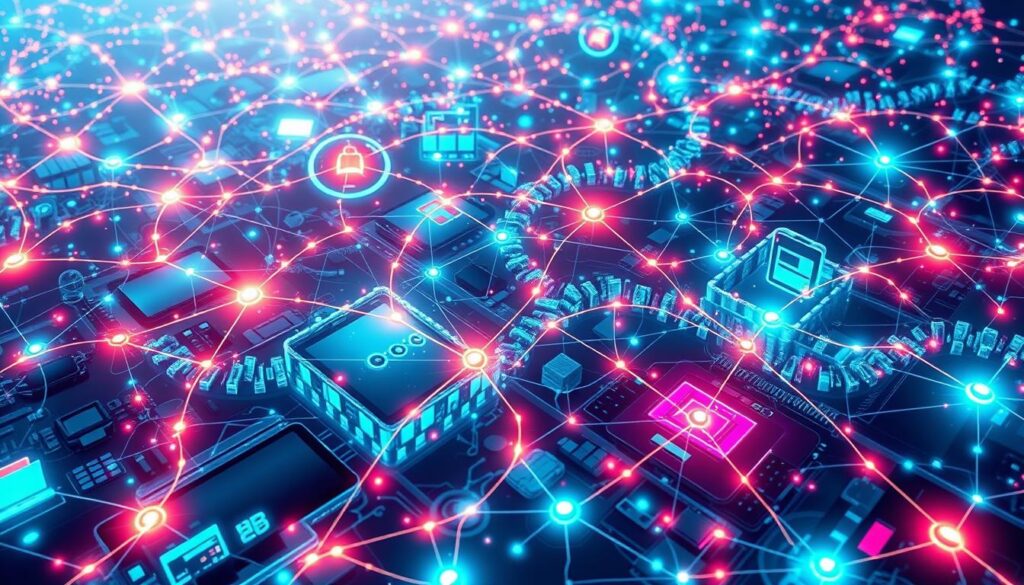
Cost and Budget
Choosing between traditional and digital marketing affects your budget a lot. Traditional marketing often costs more upfront. But, digital marketing is usually cheaper.
Traditional Marketing Costs
Traditional marketing includes print ads, TV commercials, and sponsoring events. These can be pricey. You’ll pay for making materials, placing ads, and setting up events. This can be a big expense, especially for small businesses with limited funds.
Digital Marketing Costs
Digital marketing is more budget-friendly. You can use social media ads, SEO, and content marketing without spending a lot. These options let you track how well your campaigns do. This helps you spend your money wisely and get a good return on investment (ROI).
When planning your marketing, think about the pros and cons of traditional and digital methods. Consider your budget and the cost of each. Finding the right mix helps you make the most of your marketing budget for both traditional and digital efforts.

Measurability and Analytics
Marketing success depends on measuring and analyzing your efforts. Traditional marketing, like print ads or direct mail, is hard to track. Businesses often use indirect signs like brand awareness or customer questions to see if their campaigns work.
Digital marketing, however, gives businesses a lot of data and analytics. This lets them see how their campaigns are doing right away. Metrics like website visits, new leads, and return on investment (ROI) give insights to improve digital marketing and get better results.
Tracking Traditional Marketing Efforts
It’s harder to measure traditional marketing success. Businesses might use:
- Coupon redemption rates
- Customer surveys
- Call tracking
- Sales data analysis
These methods give a basic idea of how well traditional marketing works. But they don’t have the detailed, quick info that digital analytics do.
Analyzing Digital Marketing Campaigns
Digital marketing tools give a lot of measurability and analytics. They let businesses track their campaigns in real-time. Some important metrics include:
- Website traffic
- Lead generation
- Conversion rates
- Return on investment (ROI)
- Click-through rates
- Engagement metrics (e.g., time on site, bounce rate)
By looking at these metrics, businesses can learn how well their digital marketing strategies work. They can make smart choices to improve their campaigns for better results.

| Metric | Traditional Marketing | Digital Marketing |
|---|---|---|
| Measurability | Generally less measurable, relying on indirect metrics | Highly measurable, with access to detailed analytics |
| Tracking | Relies on methods like coupon redemption, customer surveys, and sales data analysis | Offers real-time tracking of metrics like website traffic, lead generation, and ROI |
| Optimization | Optimization is more challenging due to the lack of granular data | Optimization is easier and more data-driven, allowing for iterative improvements |
Personalization and Targeting
In marketing, making your ads personal and targeted can change the game. Traditional marketing often uses broad groups or areas to reach people. But digital marketing is different, offering a way to target and personalize campaigns well.
Personalization is powerful because of all the data from online interactions. By looking at what customers like and do online, marketers can make their messages and deals just for them. This kind of targeting isn’t possible with traditional marketing, where ads go out to everyone.
| Traditional Marketing | Digital Marketing |
|---|---|
| Broad demographic or geographic targeting | Highly targeted and personalized campaigns |
| Standardized messaging and offers | Tailored messaging and offers based on individual preferences |
| Limited data on customer behavior | Extensive data on customer behavior and online interactions |
The move to personalization and targeting has changed how businesses market. Using digital tools and data, marketers can make their ads more relevant and interesting. This leads to better results and stronger loyalty to the brand.
Difference Between Traditional Marketing and Digital Marketing
Traditional and digital marketing are different but can work well together. In India, businesses can use both to reach their audience in many ways. This makes their marketing plan strong and effective.
Here are the main differences between traditional and digital marketing:
- Reach and Audience: Traditional marketing reaches people nearby, while digital marketing can reach people all over the world.
- Cost and Budget: Traditional marketing can be expensive upfront. Digital marketing is often cheaper, especially for small businesses.
- Measurability and Analytics: Digital marketing lets you track and analyze campaigns easily. Traditional marketing is harder to measure.
- Personalization and Targeting: Digital marketing lets you send messages directly to people. Traditional marketing often sends the same message to everyone.
- Speed and Timeliness: Digital marketing is fast and can change quickly. Traditional marketing takes longer to produce and distribute.
- Interaction and Engagement: Digital marketing lets customers talk back to you. Traditional marketing is mostly one-way.
Knowing the differences helps Indian businesses make a strong marketing plan. They can use both traditional and digital marketing to reach and connect with their audience.
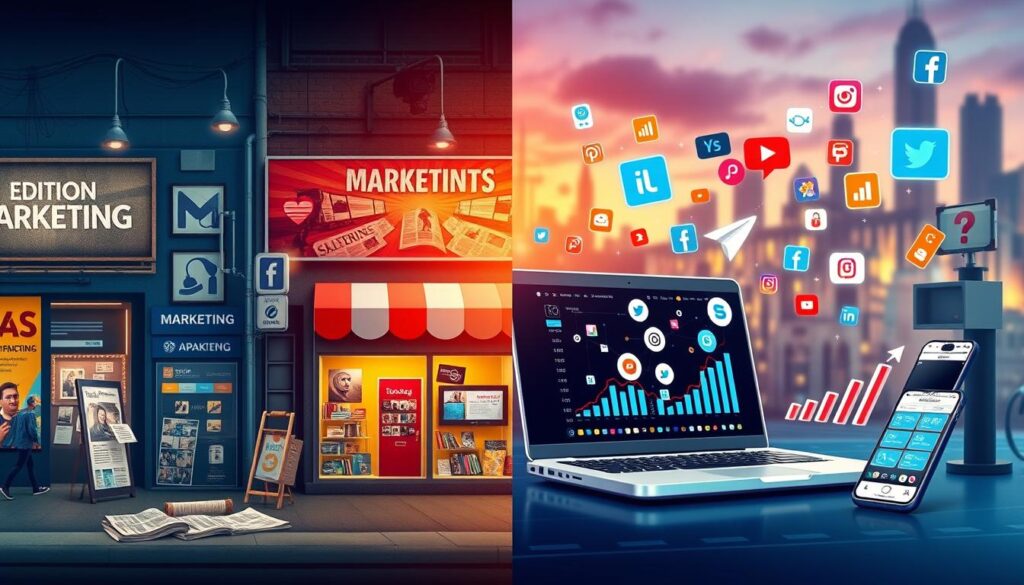
| Characteristic | Traditional Marketing | Digital Marketing |
|---|---|---|
| Reach and Audience | Localized | Global |
| Cost and Budget | Higher upfront investment | More cost-effective |
| Measurability and Analytics | Challenging to measure | Easily tracked and analyzed |
| Personalization and Targeting | One-size-fits-all approach | Personalized and targeted messaging |
| Speed and Timeliness | Longer production and distribution timelines | Agile and timely adjustments |
| Interaction and Engagement | One-way broadcast | Two-way communication and active engagement |
Speed and Timeliness
Marketing speed is key today. Traditional marketing takes a long time because making and sending out physical stuff is slow. Digital marketing, however, is fast. It lets businesses quickly make, send out, and improve their campaigns.
Traditional Marketing Timelines
Traditional marketing takes a lot of time. Making ads, direct mail, or other materials can take weeks or even months. This makes it hard for businesses to quickly react to changes or use new trends.
Digital Marketing Agility
Digital marketing is fast and flexible. It lets businesses quickly make, send out, and test their campaigns. This means they can change their plans based on new data fast. This agility helps them stay ahead and meet their customers’ needs better.
The speed of digital marketing is a big plus in today’s fast world. Using technology, companies can quickly respond to changes and customer likes. This makes their marketing more effective.
Interaction and Engagement
In marketing, traditional and digital methods show big differences in how they interact with people. Traditional marketing usually sends messages one way from the brand to the customer. It doesn’t often let customers talk back or share their thoughts. On the other hand, digital marketing lets customers talk back, share, and give feedback through many channels.
Traditional Marketing Engagement
Traditional marketing uses things like print ads, TV commercials, and mail to reach people. People just read or watch these ads and decide if they want to buy something. They can’t really talk back or interact with the ad itself.
Digital Marketing Interaction
Digital marketing uses online tools to make a two-way conversation between brands and people. Social media, online reviews, and live chats let customers share their thoughts and ask questions. This way, customers can really connect with brands, making the relationship stronger and more personal.
By using digital marketing, brands can make stronger bonds with their audience. This leads to more engagement and a more lively, interactive relationship with customers.
Content and Media Formats
In marketing, the difference between traditional and digital methods is clear in the content and media formats used. Traditional marketing used to rely on print ads, brochures, and TV commercials. These methods were not great at engaging people or getting quick reactions.
But, digital marketing has changed the game with its interactive content. Now, marketers have many media formats to choose from, like:
- Videos that grab attention and share information
- Infographics that make complex info easy to see
- Blog posts that offer deep insights
- Social media stories for quick interactions
These digital media formats bring a level of interaction and personal touch that old-school marketing can’t match. By using digital tools, marketers can make their messages more engaging and memorable for their audience.
Digital content and media formats let marketers customize their messages for their audience’s needs and likes. This flexible way of marketing can lead to more people getting involved, sticking with the brand, and achieving better marketing results.
Integration and Omnichannel Strategies
Marketing has long been split between traditional and digital methods. Traditional marketing often works in separate parts, with each channel running on its own. Digital marketing, though, brings these channels together. It combines various digital tactics for a smooth experience across many touchpoints.
Traditional Marketing Silos
Traditional campaigns often don’t talk to each other. For example, a print ad, a direct mail piece, and a TV commercial might not share a common message. This makes it hard for customers to understand the brand clearly.
Digital Marketing Integration
- Digital marketing focuses on integration and omnichannel strategies. It uses social media, email, SEO, and content marketing to create a smooth customer journey.
- This approach lets businesses collect data in real-time, personalize messages, and send relevant content to customers at every touchpoint.
- Plus, digital marketing can quickly change and improve campaigns. This ensures that traditional marketing and digital marketing work together to give a strong and lasting brand experience.
| Traditional Marketing | Digital Marketing |
|---|---|
| Siloed campaigns with limited integration | Seamless integration across multiple digital channels |
| Fragmented customer experience | Consistent and cohesive customer experience |
| Limited real-time data and personalization | Data-driven personalization and targeted messaging |
| Slower adaptability to market changes | Agile and flexible campaigns |
Conclusion
In today’s fast-changing marketing world, it’s key for Indian businesses to know the differences between old and new marketing ways. Using both strategies helps reach the right people, track results, and make customer experiences better.
Traditional and digital marketing differ a lot in how far they can reach, their cost, how well you can measure them, making things personal, and how fast they work. These differences really affect a business’s success in today’s tough market. By using both marketing types together, Indian companies can make strategies that work well and bring real results.
The secret to doing well in India’s business world is blending traditional and digital marketing. This way, companies can meet the changing needs and likes of today’s customers. By keeping up with marketing changes, companies can grow and make more money over time. This helps them stay strong in a business world that’s always changing.
Share this content:





















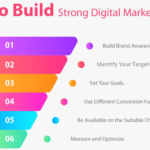









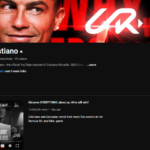


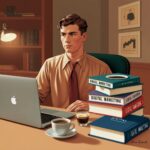
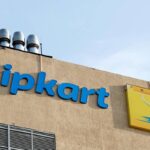

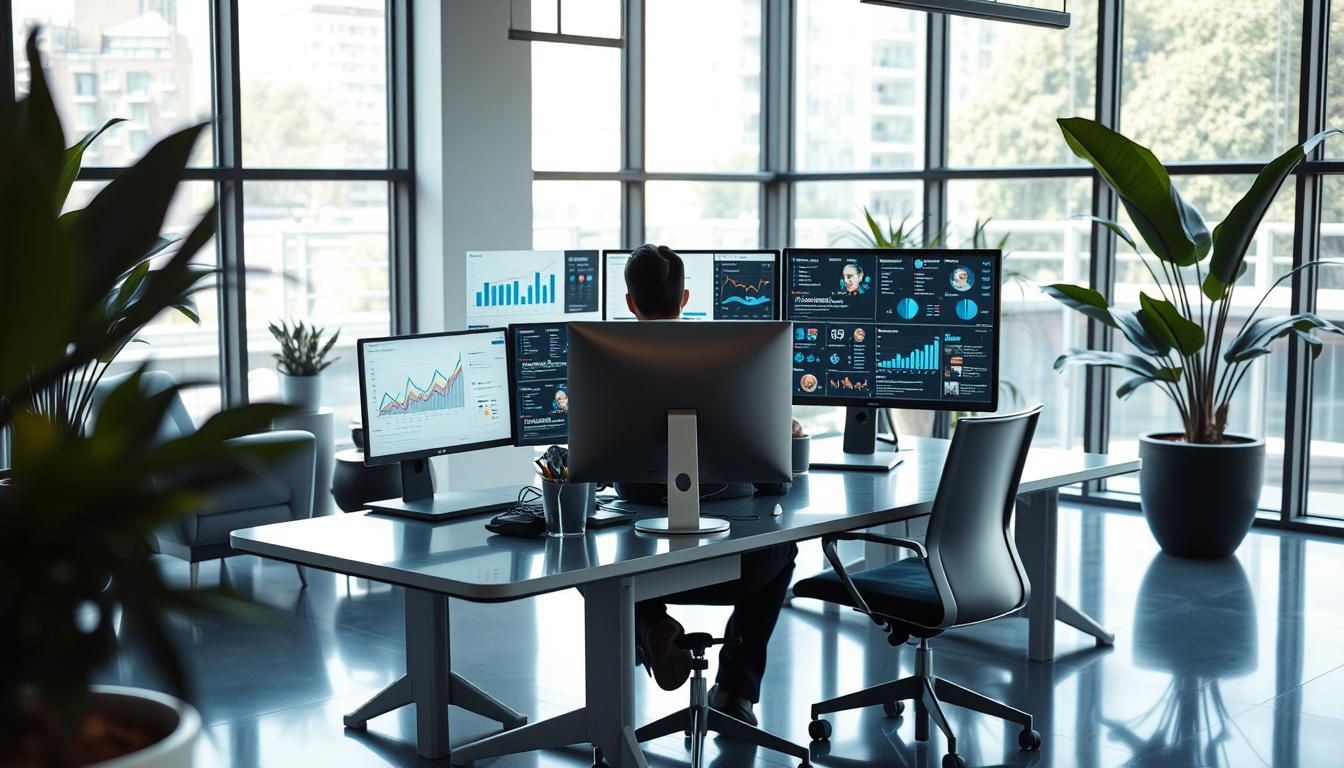

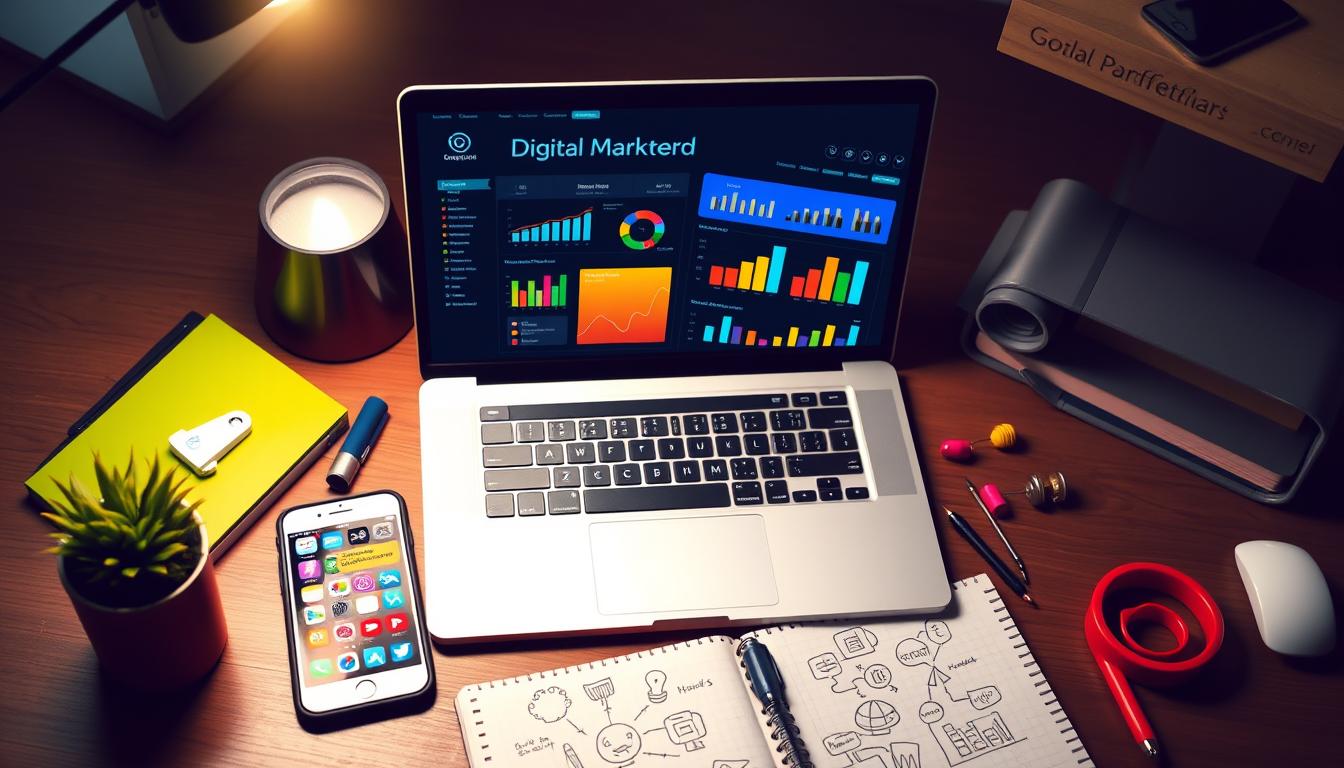



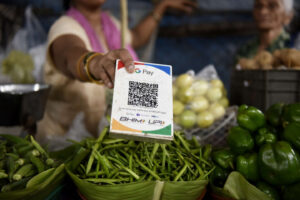


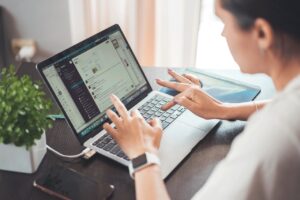



1 comment